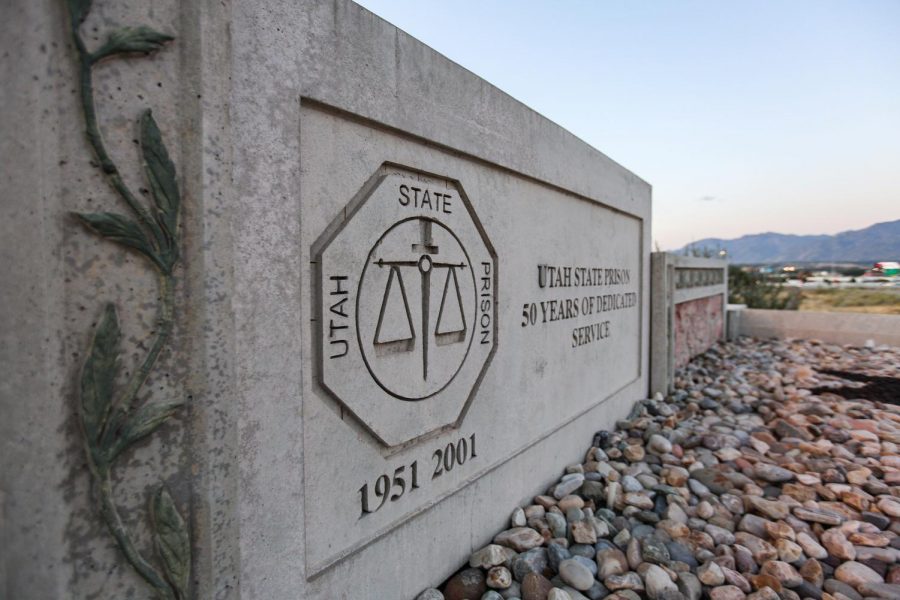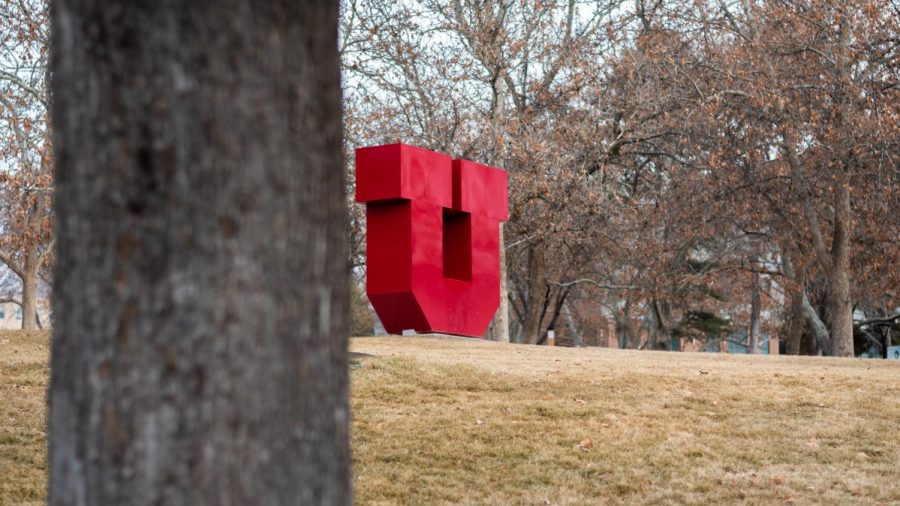Starr: ‘Flattening the Curve’ Shouldn’t Exclude the Incarcerated
April 11, 2020
Utahns have been directed to remain in their own household as much as possible to help slow the spread of COVID-19. The state’s K-12 schools, higher education campuses and churches have all, for the most part, moved to a virtual structure in response to the pandemic. As this virus challenges our communities, it is critical that public health policy and directives protect all areas and institutions – especially overlooked spaces that are seemingly forgotten despite their high density of people. If the goal is to “flatten the curve,” Utah officials should also direct local jails and the state prison to responsibly release people. A multi-pronged approach to slow the spread and limit the impacts of COVID-19 cannot disregard “unseen” spaces, and the incarcerated individuals who are at an increased risk of contracting the virus in close quarters.
Nationally, about 2.3 million people are imprisoned within facilities that are unable to properly practice social distancing and other health directives. Prisons, local jails and other correctional spaces hold too many people who can’t properly self-isolate and quarantine to prevent exposure. The high density of people in jails and prisons is already an unacceptable reality, with or without an ongoing pandemic. Officials are overlooking a major public health issue if jails and prisons aren’t directed to release people.
Compact, poorly ventilated spaces with high carbon dioxide levels and limited outside air flow are a recipe for pneumococcal disease. This includes any “other disease transmitted by the respiratory route,” such as viral infections and tuberculosis. Many prisoners live in shared quarters with limited space while battling underlying health conditions, which are often tied to factors like race and socioeconomic income that are connected to who is more likely to be incarcerated. This reality, paired with meager ventilation and limited health care resources, should have us screaming for government intervention. Steps should be taken with health care policy and directives to protect these vulnerable individuals and mitigate their high risk of becoming infected.
Incarcerated individuals include those in prison (where longer sentences are carried out) and in jails (which keep those who typically are serving a short sentence, are waiting to make bail or go to trial or enter a plea deal). The incarcerated are still human beings who deserve the same level of concern during this public health crisis as the rest of us. Testing and treatment should be accessible to those behind bars, and the precautionary guidelines put forward by state and local officials should apply to the state prison and local jails. Prevention is the best policy, and slowing the spread of COVID-19 through social distancing and stay-at-home directives should include everyone.
Responsibly releasing individuals includes letting low-level offenders free. Technical violations of parole, minor offenses and drug-related convictions should be reassessed, and incarcerated individuals who have an existing health problem or are at high-risk of severe illness should be released. Officials who responsibly let people out to self-isolate should connect folks to housing opportunities to ensure that the stay-at-home directive can be carried out. Flattening the curve can’t happen without depopulating our overcrowded spaces and getting people inside homes.
Last spring, estimates found that the entire state of Utah averaged 6,781 prison inmates per day, which was about 300 more people than the year before. The Central Utah Correctional Facility in Gunnison, the Utah State Prison and all local jails and correctional facilities need direction from officials regarding public health policy. This public health crisis should urge us to think hard about the spaces we are holding people in and the practice of putting masses of people behind bars for nonviolent crimes (especially drug convictions). Jails and prisons are highly populated and perfect for a pandemic to wreak havoc in. Individuals do not lose access to all human rights and decency once incarcerated, regardless of their crime.
Editor’s note: Signs and symptoms of COVID-19 include fever, dry cough, tiredness and shortness of breath. These symptoms are believed to occur between two and 14 days after a person is exposed to the disease. If you have these symptoms and have recently come into contact with a person who is known to have COVID-19, or if you have recently traveled to an area with community spread of the disease, you should call your doctor. Areas with community spread of COVID-19 are believed to include China, South Korea, Italy, Iran and Seattle. If you do not have a doctor who you visit regularly, please call the Utah Coronavirus Information Line at 1-800-456-7707 or the University of Utah Health hotline at 801-587-0712. Do not go to a healthcare facility without first making arrangements to do so.








